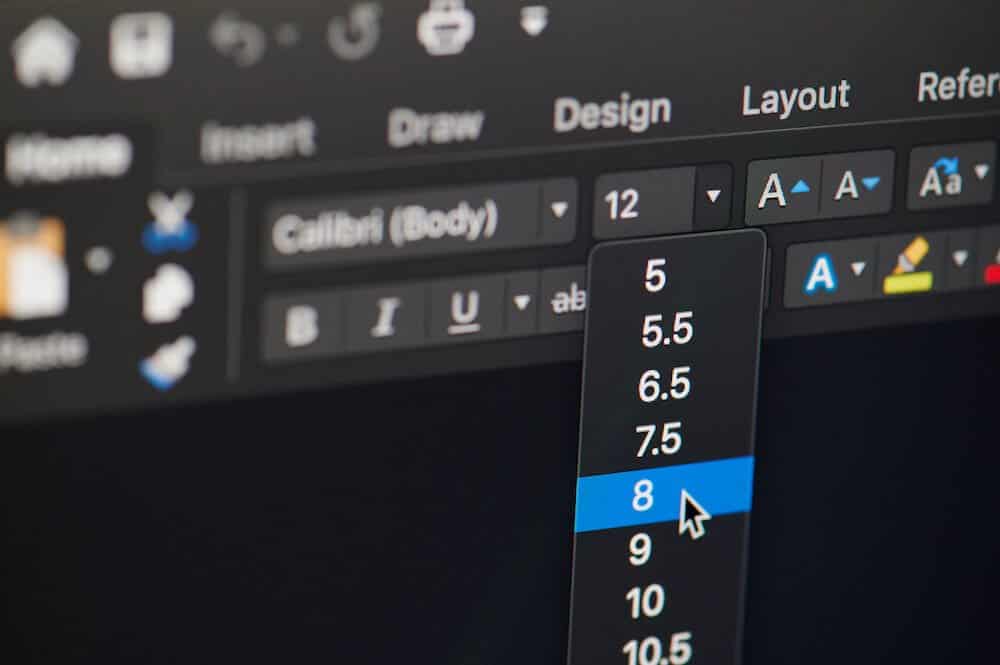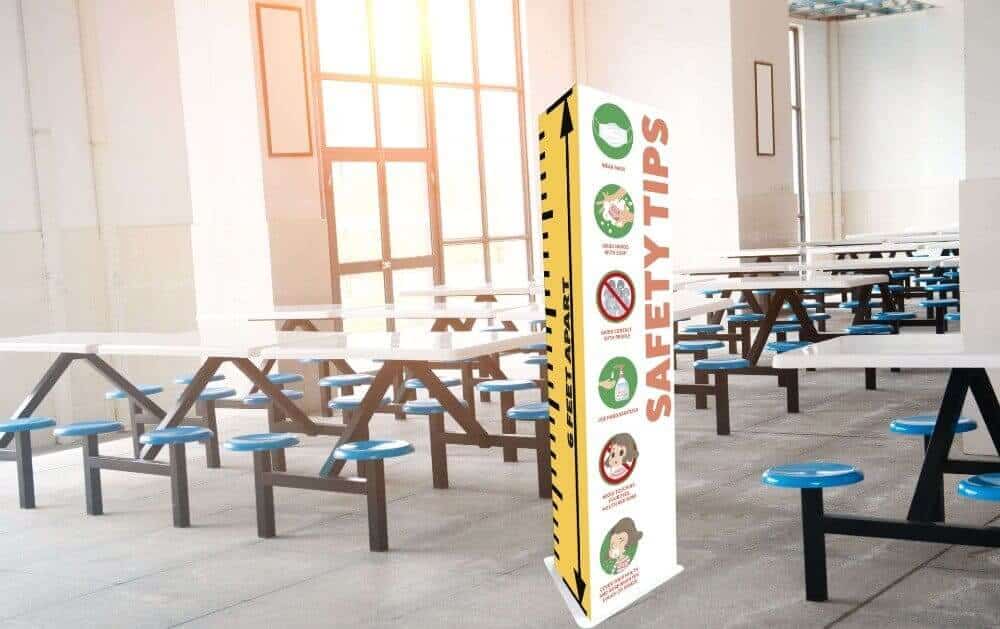Signs can attract potential customers to your business and create brand awareness in your community. The creative use of color, light and design can trigger a consumer’s purchase impulse, increase sales and revenue and encourage visitors to support local businesses. Colorful signs can convey important announcements or promote local events or speakers. They can also increase customer traffic by highlighting specific products or announcing sales and discounts. In short, signs inform, engage and can improve a consumer’s experience.
It’s important to note that signs can direct potential customers to your website just by adding a website URL, social media handle or QR code.
But when it comes to the sign’s design, the letter sizing is critical. After all, your potential viewers need to be able to read your message.
Common letter height recommendations
While it’s important for your signage to stand out, there are some typical letter height range recommendations that apply to certain sign categories. When you start designing your sign or banner, and depending on how much text you have, these size ranges are a great jumping off point:
- Yard and political signs: 5”-7”
- Roadside and sidewalk signs: 6”-12”
- Window and storefront sign lettering: 8”-12”
- Traffic and outdoor way finding signs: 10”-14”
- Retail advertising and special event banners: 12”-24”
Business names: 24”-48”
Common font size to inches conversions
Font choice can affect size conversions; however, below is a good starting point to easily translate your letter heights to font points in design or word processing software with a few common conversions.
- For lettering 1.5” tall, your font size should be 150 pt.
- For lettering 2” tall, your font size should be 200 pt.
- For lettering 5” tall, your font size should be 360 pt.
As long as there have been businesses, there have been signs. They’ve been used for centuries to promote shops, eateries, events and services. From simple wooden signs to interstate LED billboards, brands have relied on the visibility and recognition afforded by the right signage.
So, are you ready to take your signs and banners to the next level? DGI and the Invisuals team are ready to create the ideal signage for your business. Have questions? Need a consultation? We’d love to help!
Contact us today to get started.


